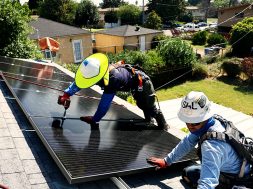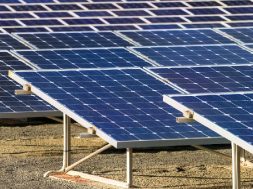
NDMC areas to get 65,000 systems to tap sun’s power
New Delhi: Central Delhi could soon be generating up to 20 MW of power on the rooftops. The Energy Efficiency Services Ltd, a union ministry of power venture, has signed a memorandum of understanding with the New Delhi Municipal Council to install 65,000 solar modules on major buildings located in the areas under the civic body’s jurisdiction.
EESL is currently carrying out a field study to assess roof-top solar power generation potential of various institutions before beginning the work of installing the required infrastructure. Based on the findings, the owners of the buildings will be asked to choose between two models. The capital expenditure model will involve the building owners putting in the money and EESL supplying, designing, installing and commissioning the solar set-up. Under the other model, the operational expenditure one, the entire burden, including financing, will be borne by EESL.
The buildings that finance the installation of the solar photovoltaic panels will be allowed free use of the power generated, according to the MoU signed by EESL with NDMC. In the second model, where building owners depend on EESL to finance and erect the generation system, the users will be billed a lower power charge of Rs 3.87 per unit for the use of the energy generated. Besides, as an EESL official pointed out, “The price at which we install the rooftop system is approximately 70% of the rate in other similar projects.”
The company official said that EESL would invest Rs 115 crore for rooftop project. Government buildings and private institutions earmarked for the project include Andhra Bhawan, Chhattisgarh Bhawan, Gujarat Bhawan, Hyderabad House, Nirman Bhawan, Maharashtra Bhawan, Mizoram Bhawan and Jeevan Bharti Building. EESL expects to finish the work by the end of the year.
The rooftop panels are expected to have a cumulative capacity for 20 MW of solar power, or an annual 30 million units of power. “This would lead to an annual reduction of 28,000 tons in CO2 emissions” the EESL official explained.















